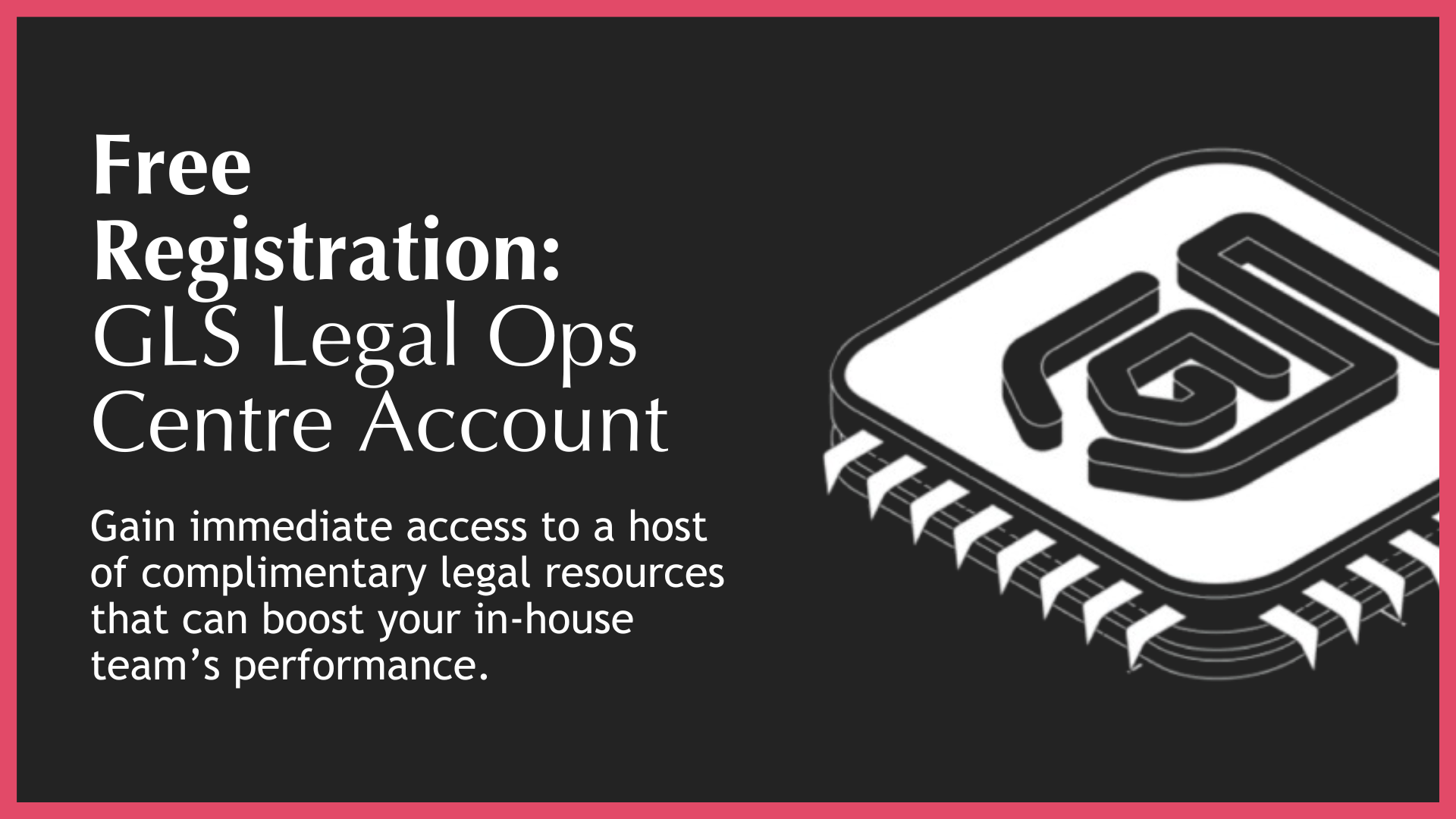The GLS Legal Operations Centre
The ultimate in-house legal department resource stack
Back
Policy Infrastructure Audit
What Is It
A Policy Infrastructure Audit is a systematic review of the organisation’s compliance-related policies to assess their completeness, accuracy, accessibility, and operational relevance. It’s the process of stress-testing the backbone of your compliance framework - before regulators or auditors do it for you.
This station is about ensuring that your policy environment is not just a collection of documents, but a coherent, current, and usable system that supports legal-led compliance. Policies must be easy to find, easy to understand, and aligned with actual regulatory obligations. They must reflect the business’s risk profile and be embedded into operational workflows - not just stored in a forgotten folder.
Legal teams are uniquely positioned to lead this audit. They understand the regulatory landscape, the contractual obligations, and the internal governance standards that policies must reflect. A legal-led audit ensures that policies are not just legally sound, but strategically aligned and operationally defensible.
Without this audit, compliance becomes reactive, fragmented, and vulnerable. Outdated or missing policies are a silent risk multiplier - one that only becomes visible when it’s too late.
Scope
The scope of a Policy Infrastructure Audit typically includes:
◼️Reviewing all compliance-related policies for completeness and relevance.
◼️Assessing version control and update history to ensure currency.
◼️Evaluating accessibility and usability across the organisation.
◼️Mapping policies to regulatory obligations, contractual commitments, and internal standards.
◼️Identifying gaps, overlaps, and obsolete documents.
◼️Testing policy ownership, approval workflows, and review cycles.
◼️Ensuring alignment with legal risk frameworks and governance protocols.
◼️Documenting findings and recommending remediation actions.
Resource Status
In GLS legal ops speak – the Policy Infrastructure Audit is considered a “Foundational” resource within the process ecosystem of an in-house legal team.
The Foundational Resource is a CRE that is responsible for determining the overall performance capabilities of a “critical” legal function. If it is not optimised, the function can never be optimised.
Best Practice Features
The best practice features of the GLP are as follows:
◼️Comprehensive policy inventory covering all compliance domains.
◼️Legal-led review to ensure regulatory alignment and defensibility.
◼️Version control protocols that track updates, approvals, and review dates.
◼️Policy mapping matrix linking each policy to its underlying obligation.
◼️Accessibility standards ensuring policies are easy to find and use.
◼️Usability testing to confirm policies are understandable and actionable.
◼️Ownership and accountability for each policy, with clear review cycles.
◼️Remediation roadmap to address gaps, overlaps, and obsolete content.
Business Value
The Policy Infrastructure Audit delivers the following value to the Business:
◼️Reduces regulatory risk by ensuring policies reflect current obligations.
◼️Improves operational efficiency through clear, usable guidance.
◼️Supports faster issue resolution by enabling quick access to relevant policies.
◼️Enhances credibility with regulators, auditors, and stakeholders.
◼️Avoids duplication and confusion across departments.
◼️Enables scalable compliance as the business grows or enters new markets.
◼️Reduces remediation costs by identifying and fixing issues proactively.
Legal Department Value
For the legal team, this audit provides a defensible foundation for compliance oversight. It ensures that legal advice is supported by current, accessible policies and that the business is operating within a documented legal risk framework. It also strengthens legal’s role in governance and improves collaboration with compliance and operational teams.
Who Needs It
The Policy Infrastructure Audit is essential for:
◼️Legal Department Leadership
◼️Compliance Officers
◼️Risk Management Teams
◼️Internal Audit Functions
◼️Legal Operations Teams
◼️Board and Executive Leadership
Productivity Consequences
A legal team operating without a Policy Infrastructure Audit will face a wide range of inefficiencies including:
◼️Outdated or missing policies leading to compliance failures.
◼️Inconsistent guidance across departments and jurisdictions.
◼️Difficulty in locating policies during audits or investigations.
◼️Poor stakeholder understanding of compliance obligations.
◼️Increased regulatory exposure due to fragmented documentation.
◼️Reduced defensibility in the face of enforcement actions.
◼️Higher remediation costs due to reactive policy fixes.
Tech Implication
This station strongly leverages technology. Document management systems, GRC platforms, and policy lifecycle tools are essential for tracking versions, approvals, and accessibility. AI tools can assist in mapping policies to obligations and identifying gaps. Integration with intranet and training platforms ensures usability and adoption.

The GLS Legal Operations Centre
Register to access your complimentary Day 1 Resource Stack packed with legal team performance resources.

GLS Ultimate Guide To Legal Operations
Download this and read it thoroughly and regularly. It is a wonderful transformation companion.

Book A No-Obligation Consultation
If you would like discuss your legal transformation needs, please book a 30 minute free consultation with us.

GLS Legal Transformation Boot Camp
Our hugely successful, 10-week long, email-based boot camp on how to effectively transform your legal team.




